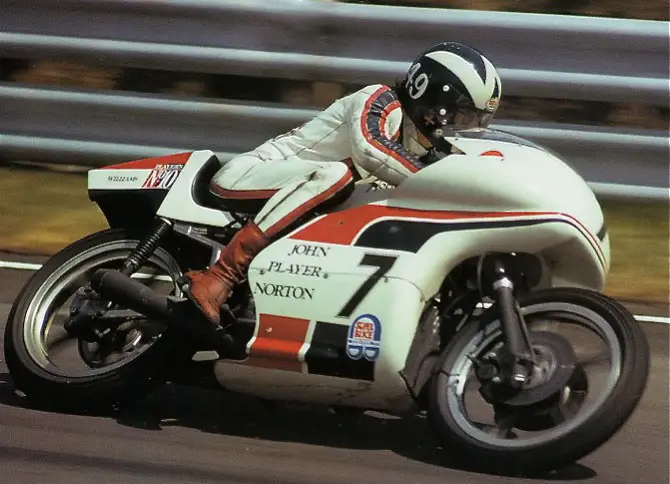Jolle wrote: ↑15 Mar 2021, 00:22
For cornering the bigger aero problem is the ground effect and pressure on the inside of the bike vs ground. In the past Honda made steps to reduce this with small holes in the fairing to reduce the pressure (and they made this a style feature on the first Fireblade). The wings on the side help a little in making the lower part of the bike a lower pressure zone that before, but they are mostly for that few kg for keeping the front down. GP bikes are so limited by the physics of their high CoG that any help makes a clear difference.
Looking at the field, it feels a bit like most (Japanese) teams are still focused on the old fashion bike things. Engine, frame and suspension. Ducati more or less dragged F1 into MotoGP with their fancy solutions regarding suspension (the start locking the rear), dynamics (that thing in the rear seat) and aero dynamics. That thing looks like a 2007 F1 car!
If you could provide a source for that 'holey Honda' reference, that'd be cool Jolle, since AFAIR, their
CBR900RR only received those as a faux 'race-rep' feature, (because Honda's 4T race-bikes were V4),
& following a high/prevailing southerly wind-plagued G.P. race at Phillip Island - which duly caused
many teams to resort to drilling holes as an expedient - but not as a designed "ground effect" feature.
Again from the 1970's, factory Norton engineer/rider Peter Williams made a scientific design effort
to work around the power-limitations of his aged 4T 750 twin when racing in the new FIM F750 class,
including significant wind-tunnel work on the fairing, minimising extraneous flow through the fairing,
but including ducting for oil-cooling & a dedicated cool air pressure-fed engine intake air-box, plus
a broad fairing (much wider than required by the notably slim Norton twin) to provide for full-lean
'ground effect' - so enabling him to 'drift' the machine smoothly through high-speed sweeping bends,
& make up time lost on every other factory-backed F750 - which had power advantages on straights.







